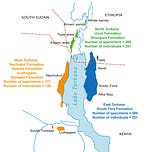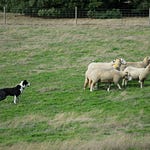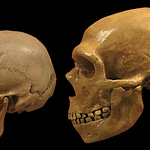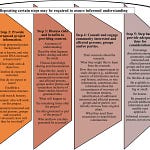A Basin That Resists Simplification
Spend long enough studying human origins and the Omo–Turkana Basin begins to feel almost mythic. This vast sweep of East African sediment, stretching from southern Ethiopia to northern Kenya, has long been treated as paleoanthropology’s equivalent of an archive: dusty, sprawling, occasionally confounding, but indispensable all the same.
Since the late 1960s, thousands of researchers, field assistants, and local fossil hunters have walked its eroding badlands. They collected bones that would anchor debates about bipedalism, chewing biomechanics, and the dawn of Homo. The result is an assemblage that now makes up roughly one third of Africa’s known hominin fossil record from the past seven million years.

Yet until recently, much of that information lived in separate pockets of literature, often shaped by the goals or traditions of specific field projects. François Marchal and colleagues have now folded 117 publications into the most comprehensive catalog of the basin’s fossil hominins to date, spanning 1,231 specimens representing an estimated 658 individuals.
Their new synthesis1 does what earlier inventories could not: treat the basin as a single, coherent entity. And once the pieces are layered together, a very different picture begins to emerge.
“The basin behaves less like a uniform archive and more like a set of neighboring landscapes that each choose their own chapters of the story to preserve,” says Dr. Leila N’Dour, a paleoanthropologist at the University of Dakar.
Listen to this episode with a 7-day free trial
Subscribe to Anthropology.net to listen to this post and get 7 days of free access to the full post archives.









